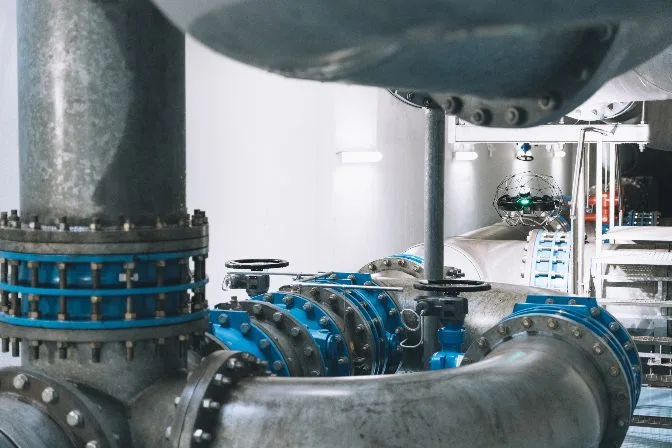A visual inspection is a method of examining an asset using only the human eye. It’s one of the most straightforward and time-honored techniques used in maintenance and safety assessments across various industries. While no special tools are required, the process demands trained professionals who understand what to look for. This expertise ensures that even minor signs of wear or damage can be identified before they escalate into major issues. Traditionally, visual inspections involved inspectors physically walking around or entering an asset, such as a boiler, to examine every part closely. However, with the advancement of technology, Remote Visual Inspection (RVI) has become a game-changer. RVI allows inspectors to collect visual data without being on-site, making the process safer and more efficient. Some RVI systems are so advanced that they enable inspectors to rely almost entirely on the visual data collected for their assessment. This shift has transformed how inspections are conducted, especially in high-risk environments. [Visual inspection NDT—also called visual testing—is just one of the non-destructive testing (NDT) methods that inspectors use. Learn more about NDT in this in-depth guide.] This guide explores everything you need to know about visual inspections, from their purpose and applications to the industries that depend on them. It also covers other inspection techniques and highlights how drones are revolutionizing the field.  What Is the Goal of a Visual Inspection? Visual inspections have been a cornerstone of asset maintenance for centuries. They offer a reliable way to evaluate the condition of equipment, ensuring it remains safe and functional. The primary objective is to identify any potential issues that could lead to failure or require maintenance. For example, when inspecting an industrial boiler, an inspector might look for cracks in welds, signs of corrosion, leaks, or problems with supporting equipment. By catching these issues early, companies can prevent costly repairs and avoid dangerous accidents. In critical infrastructure like boilers and pressure vessels, visual inspections are often performed by licensed professionals following strict guidelines to ensure compliance and safety. Visual inspections are widely used across all industrial sectors. Their simplicity and effectiveness make them a go-to method for identifying flaws in assets. From oil rigs to food processing plants, visual inspections help maintain the integrity of critical equipment. Here are some of the industries that regularly rely on visual inspections: Oil & Gas Power & Utilities Chemicals Mining Maritime Food & Beverage Any industry that uses large, complex machinery or structures will typically start with a visual inspection as part of its maintenance routine. While visual inspections are the most common, they are just one of many inspection techniques used in non-destructive testing (NDT). These methods allow inspectors to assess an asset’s condition without causing any damage. Here are some other popular inspection techniques: 1. ULTRASONIC TESTING (UT) – Uses high-frequency sound waves to detect changes in material properties. 2. RADIOGRAPHY TESTING (RT) – Involves X-rays or gamma rays to reveal internal defects. 3. MAGNETIC PARTICLE TESTING (MT) – Detects surface and near-surface flaws by analyzing magnetic field disruptions. 4. ACOUSTIC EMISSION TESTING (AE) – Identifies defects by monitoring acoustic signals generated during stress. 5. LIQUID PENETRANT TESTING (PT) – Applies a liquid to detect surface flaws through dye penetration. 6. LEAK TESTING (LT) – Evaluates leaks to identify structural weaknesses. As mentioned earlier, visual inspections don’t always require physical presence. With advancements in camera and robotics technology, remote visual inspection (RVI) has become increasingly popular. Inspectors often use RVI when the area is unsafe or difficult to access. For instance, after a mine blast, it’s too risky to enter, but a drone can safely gather visual data from above. In another example, inspecting a large oil tank can be dangerous due to the height involved. Drones eliminate the risk of falls while still providing high-quality visual data for analysis. An inspector might use RVI in the following way: Send a drone into a boiler to capture all necessary visual data. Review the footage to identify any potential issues. Even though the inspection is done remotely, the process remains fundamentally the same — it's just conducted through digital media instead of in person. Home and building inspections are also benefiting from remote technologies. Using video calling apps like Zoom or FaceTime, inspectors can conduct virtual walkthroughs from anywhere, making the process more flexible and efficient. Drones are not the only tool for RVI, but they are becoming the preferred choice for many inspectors. While other methods like robotic crawlers or rope-based cameras exist, drones offer greater mobility and control. Modern drones, such as Flyability’s Elios 3, come equipped with features like oblique lighting, which helps inspectors better understand the depth and texture of surfaces being inspected. Here are some of the key advantages of using drones for visual inspections: Safety: Drones eliminate the need for inspectors to enter hazardous areas, reducing the risk of injury. Cost Savings: Traditional inspections often require scaffolding and downtime. Drones cut down on both, saving time and money. High-Quality Data: Modern drones can capture detailed images and videos that can be stored and reviewed later, helping track changes over time.  Cnc Machining Service,Cnc Copper Machining,Oem Copper Parts,Cnc Machining Copper Parts Shenzhen Yuheng Precision Machinery Co., Ltd. , https://www.yhcncmachiningparts.comVisual Inspections: A Complete Guide
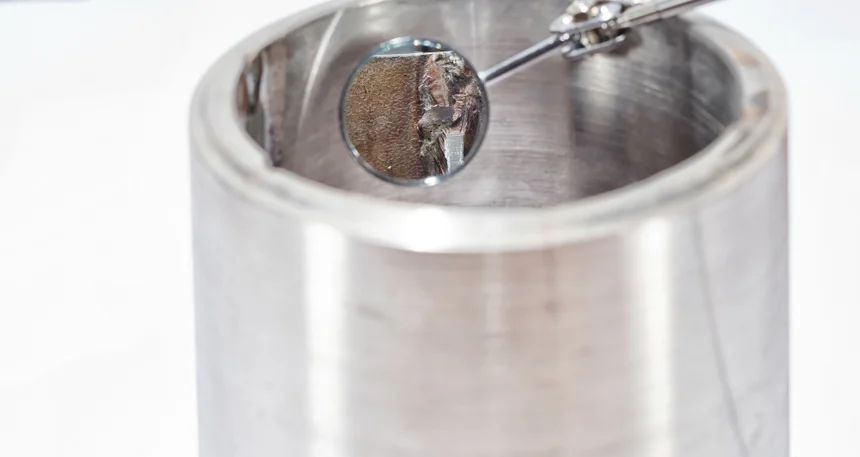
Which Industries Use Visual Inspections?
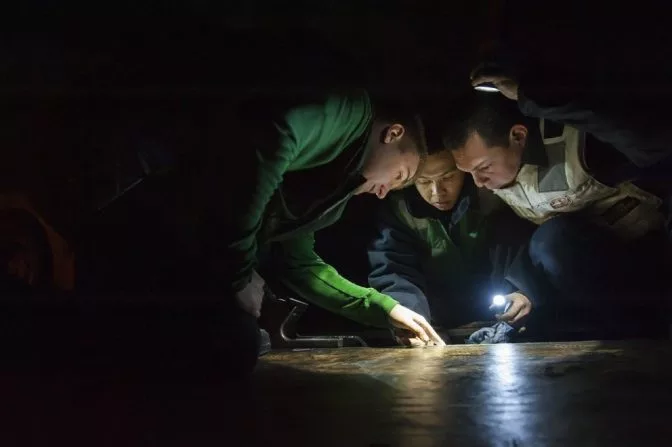
Other Kinds of Inspections
Remote Visual Inspection (RVI)
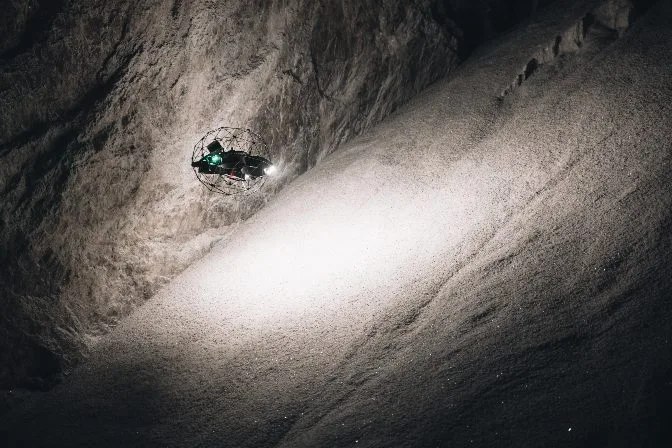 The Elios 3 flying inside a salt mine
The Elios 3 flying inside a salt mine
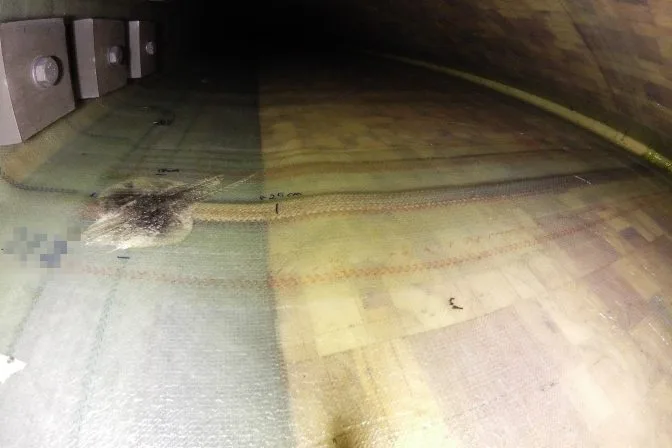 Drone footage of a damaged wind turbine that was struck by lightning
Drone footage of a damaged wind turbine that was struck by lightningHow Drones Can Help with Visual Inspections
